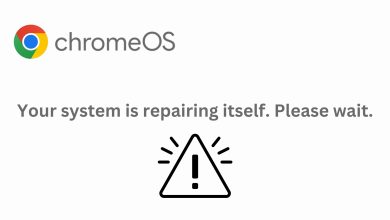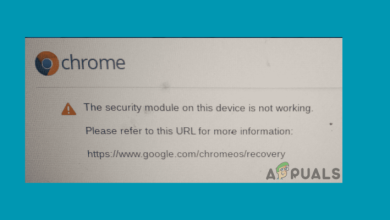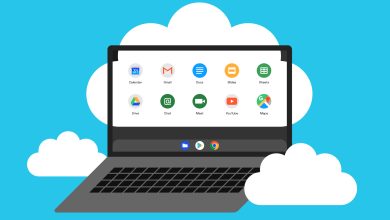How to Screen Record on A Chromebook [3 Different Ways]
- Utilize built-in features or third-party apps to capture screen activities on a Chromebook. Options include Screen Capture, Screencast, and Nimbus Screen Recorder for different needs like including device audio or webcam footage.
- Chromebook's Screen Capture tool records video without device audio, while Screencast, included in ChromeOS Version 103, records with audio and webcam support. Both save recordings in WEBM format or provide shareable links.
- Nimbus Screen Recorder, a Chrome extension, allows recording Chrome tabs with device audio. It's ideal for users needing to capture internal sounds from videos or applications not supported by built-in tools.
Have you ever wanted to capture your Chromebook’s screen and share it with others? Whether you need to record a tutorial, a presentation, or a funny moment, Chromebooks have you covered. Chromebooks have two built-in screen recording tools: Screen Capture and Screencast. Both tools are easy to use and offer multiple options for recording the screen, such as full screen, partial screen, or a specific window.
You can also record audio from your microphone or use your webcam while recording the screen. After you record your screen, you can view, edit, delete, and share the image or video from your Downloads folder.
In this article, we will show you how to use both tools and give you some tips and tricks to make your screen recordings more effective and fun. So, let’s get started! But first, let’s learn how screen recording even works.
Table of Contents
How Even Screen Recording Work?
Screen recording is a way of capturing what is currently displayed on your screen and saving it as a video file. It can be used for various purposes, such as showing someone how to perform a task, sharing gaming or demonstrational content, or live streaming.
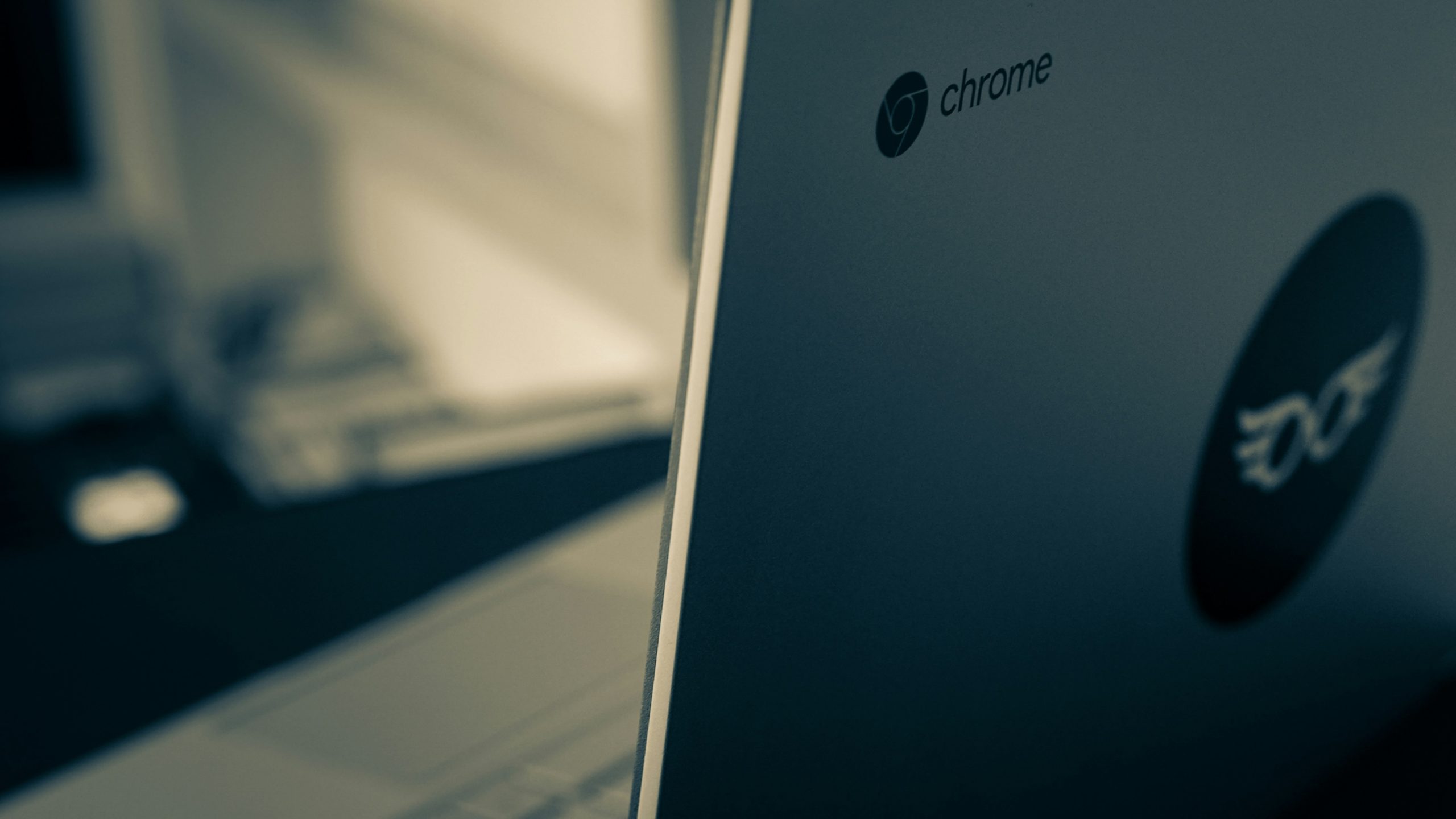
Windows 11 and Windows 10 both have screen recording capability built-in as part of the Xbox Game Bar tool. The Xbox Game Bar has several features, including CPU and GPU monitoring, but its most useful feature is its ability to screen record in Windows, outputting to MP4 format.
You can also use the Snipping Tool, which is part of Windows 11 and available via the Microsoft Store, to select a specific region of the desktop and start video recording. However, both tools have some limitations, such as not supporting audio recording or being able to capture the whole desktop or File Explorer.
How Screen Recording Works on Chromebooks?
Chromebooks have native screen recording capabilities that you can use to capture what is currently displayed on your screen. There are two built-in screen recording tools: Screen Capture and Screencast.
Screen Capture is a quick and easy way to record the full screen, partial screen, or a specific window. You can also record audio from your microphone while recording the screen. You can access Screen Capture from the Quick Settings panel by clicking the clock on the Chromebook Shelf in the bottom-right corner and selecting the Screen Capture button.

Screencast is a more robust experience than Screen Capture. Screencast works essentially the same, but you can draw on the screen, and your voice is transcribed to text afterward. You can launch Screencast from the Quick Settings panel or by pressing Ctrl+Shift and the Show Windows key.
Why Screen Record Your Chromebook?
Screen recording is a useful feature that allows you to capture what’s happening on your Chromebook’s screen and save it as a video. You can use screen recording for various purposes, such as:
- Troubleshooting: You can record error messages, unexpected OS behaviors, or steps to fix a problem and share it with a support person.
- Teaching: You can record lessons, reports, or presentations and use them for reference or feedback.
- Creating: You can record your voice or draw on the screen and create engaging content for online classes, tutorials, or presentations.
How to Screen Record on Chromebook?
As mentioned before, there are two built-in tools on Chromebooks that can help you record your screen: Screen Capture and Screencast. Here’s how you can use these features:
Method 1: Screen Capture
- Click the clock on the Chromebook Shelf in the bottom-right corner to open the Quick Settings panel.

Open Quick Settings Panel - Select the arrow in the top-right of the menu if it’s not fully expanded.
- Click the “Screen Capture” button.

Click Screen Capture - The Screen Capture toolbar will appear at the bottom of the screen. Make sure the video icon is selected for screen recording.

Navigate to the Toolbar and Select Video Icon - There are a few different ways you can record the screen. You can choose to record the full screen, partial screen, or a specific window. Select one to proceed.
- Before you start recording, click the gear icon. Here you have a number of options, including recording audio from your microphone, video from the webcam, and where to save the recording.

Select Your Desired Preferences - Starting the recording is a little different depending on the type you selected.
Full Screen: Click anywhere on the screen to begin recording.

Partial: Drag to select the area you want to record and then click the “Record” button.

Window: Click the window or area of the screen you want to record to begin recording.

- A three-second countdown will appear on-screen, and then the recording will begin.
- When you’re finished recording, click the red stop button on the Shelf.

Click the Red Button to Stop Recording - A notification will appear that says “Screen Recording Taken.” Click it to go to the video file in the file manager.

Click the Notification to Locate the Recorded Video
Method 2: Screencast
- Press Shift + Ctrl + Show Windows to launch the Screencast app. If your Chromebook is in tablet mode, open the Status area and select Screen Capture.

Launch the Screencast App using Shortcut Keys - The Screencast toolbar will pop up at the top of your screen. Make sure the video icon is selected for screen recording.

Select Video Icon - You can record the screen in different ways. You can choose to record the full screen, partial screen, or a specific window. Select one to proceed.
- Before you start recording, click the gear icon. Here you can change some settings, such as recording audio from your microphone, video from the webcam, and where to save the recording.
- The way you start recording depends on the type you selected.
Full Screen: Click anywhere on the screen to begin recording.
Partial: Drag to select the area you want to record and then click the “Record” button.
Window: Click the window or area of the screen you want to record to begin recording. - A three-second countdown will appear on-screen, and then the recording will start.
- When you’re done recording, click the red stop button on the Shelf.
- A notification will appear that says “Screen Recording Taken.” Click it to go to the video file in the file manager.
- You can also draw on the screen, and your voice will be transcribed to text after the recording.
Tips and Tricks for Screen Recording on Chromebook
Screen recording on a Chromebook can be a handy way to create tutorials, demos, presentations, and more. However, to make your screen recordings more effective and better overall, you need to consider some factors such as quality, audio, editing, and sharing. Here are some tips and tricks to help you with that.
Quality
To ensure that your screen recordings are clear and crisp, you need to adjust the resolution and frame rate of your Chromebook. You can do this by going to Settings > Device > Displays and choosing the optimal settings for your device and purpose.
Generally, higher resolution and frame rate will result in better quality, but they will also consume more storage space and battery power. You can also use an external monitor or projector to enhance the display quality of your screen recordings.
Audio
To capture the sound of your voice and the system audio, you need to enable the microphone and the system audio options in the screen recording tool.
You can do this by clicking the gear icon in the Screen Capture toolbar or the Screencast app. You also need to make sure that your microphone is working properly and that there is no background noise or interference. You can use headphones or a headset to improve the audio quality and reduce the echo effect.
You can also adjust the volume and mute/unmute the microphone and the system audio during the recording by using the keyboard shortcuts.
Editing
To make your screen recordings more engaging and informative, you may want to edit them after you finish recording. You can use the built-in video editor in the Chromebook Files app to trim, crop, rotate, and add filters to your screen recordings.
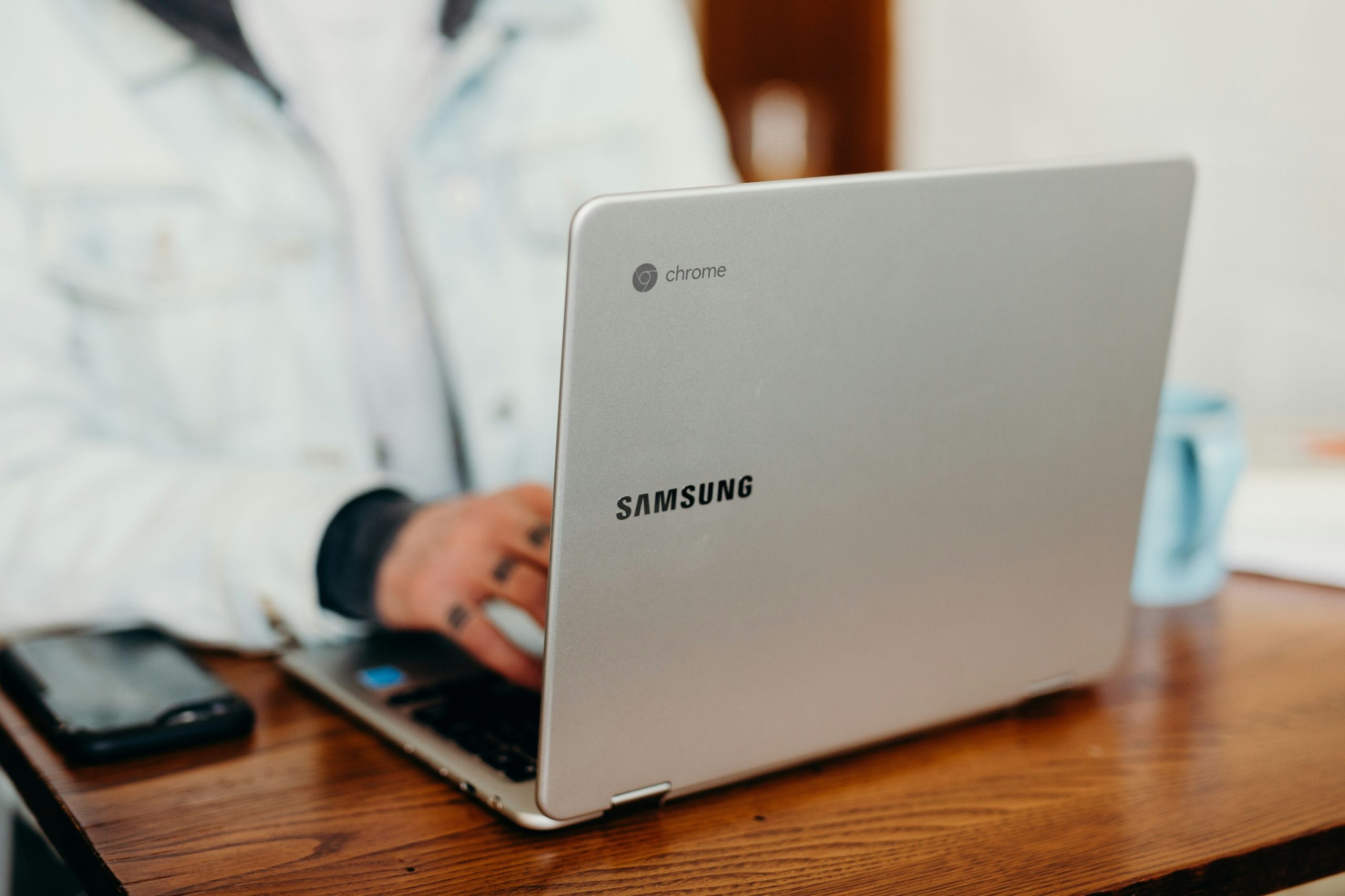
You can also use other online or offline video editing tools to add transitions, effects, captions, annotations, and more. You can also combine multiple screen recordings into one video or split a long screen recording into shorter segments.
Sharing
To share your screen recordings with others, you need to save them in a compatible format and upload them to a platform of your choice. You can save your screen recordings as WEBM or MP4 files, depending on your preference and the platform you want to use.
You can also compress your screen recordings to reduce their file size and make them easier to upload and download. You can share your screen recordings via email, social media, cloud storage, or video hosting sites. You can also embed your screen recordings in your website, blog, or presentation.
These are some of the tips and tricks that can help you make your screen recordings on Chromebook more effective and better overall.
Conclusion
Screen recording on a Chromebook is a useful skill that can help you create various types of content for different purposes. Whether you want to teach, demonstrate, present, or entertain, you can use the screen recording tool or the Screencast app to capture your screen and audio with ease.
However, to make your screen recordings more effective and better overall, you need to follow some tips and tricks such as adjusting the quality, enabling the audio, editing the video, and sharing the file. By doing so, you can enhance the clarity, engagement, and impact of your screen recordings.
We hope this article has helped you learn how to screen record on your Chromebook and how to improve your screen recordings. If you have any questions or feedback, please let us know in the comments below. Thank you for reading!
FAQs
You can edit your screen recordings using the built-in video editor or a third-party app. To use the built-in video editor, open the file manager and double-click the recording you want to edit. You can trim, crop, rotate, adjust the speed, add filters, and export your edited video. To use a third-party app, you can download one from the Google Play Store or the Chrome Web Store, such as WeVideo, Screencastify, or Loom.
You can share your screen recordings using various methods, such as email, Google Drive, YouTube, or social media. To share your recording, open the file manager and right-click the recording you want to share. You can choose to share it via Gmail, Google Drive, or YouTube. You can also copy the file to a USB drive, an SD card, or your Google Photos account. Alternatively, you can upload your recording to a cloud service or a social media platform of your choice.
You can change the quality and format of your screen recordings using the Screencast app or a third-party app. To use the Screencast app, open it and go to the Settings menu. You can choose the resolution, frame rate, and bitrate of your recordings. You can also choose the output format, such as MP4, WebM, or GIF. To use a third-party app, you can download one from the Google Play Store or the Chrome Web Store, such as Video Converter, Video Compressor, or CloudConvert.
You can record your screen and webcam at the same time using the Screen Capture tool or the Screencast app. To use the Screen Capture tool, open it from the Quick Settings panel and enable the webcam option in the settings menu. You can choose to record the full screen, a partial screen, or a window. Your webcam video will appear as a small overlay on the screen. To use the Screencast app, open it and enable the webcam option in the settings menu. You can also choose the position and size of the webcam overlay.
You can record your screen with system sound using a third-party app, such as Screencastify, Loom, or Nimbus. These apps can capture the sound from your Chromebook’s speakers, such as music, videos, or notifications. To use these apps, you need to download them from the Chrome Web Store and grant them permission to access your screen and audio. You can then choose to record the full screen, a tab, or a window. Your system sound will be recorded along with the screen.
You can record your screen with annotations using the Screencast app or a third-party app, such as Screencastify, Loom, or Nimbus. These apps allow you to draw on the screen, add shapes, text, arrows, or emojis, and highlight important areas. To use these apps, you need to download them from the Chrome Web Store and grant them permission to access your screen and audio. You can then choose to record the full screen, a tab, or a window. Your annotations will be recorded along with the screen.
 Reviewed by
Reviewed by 